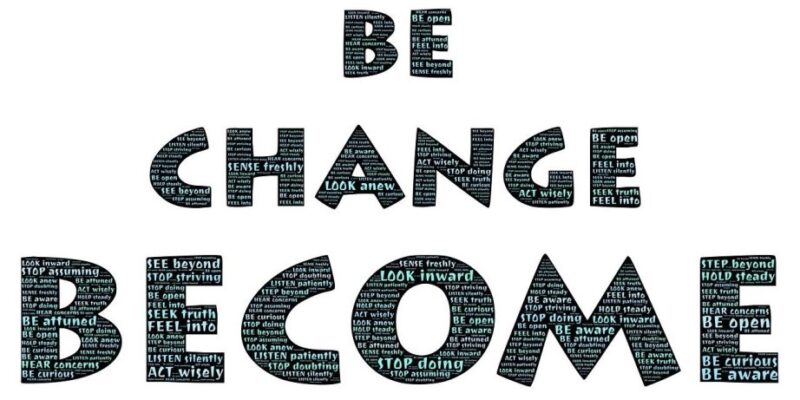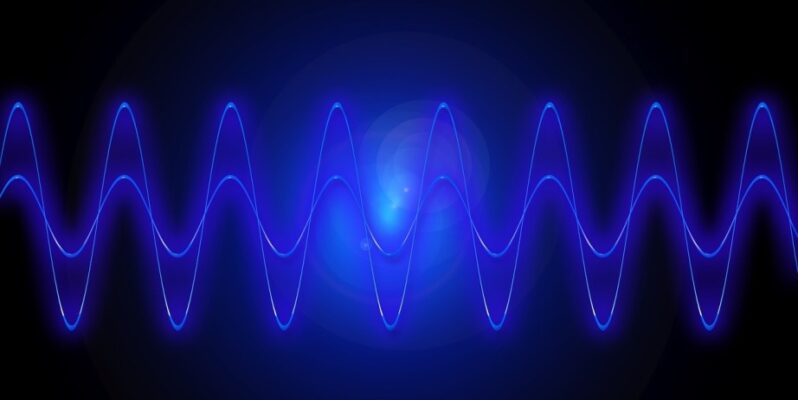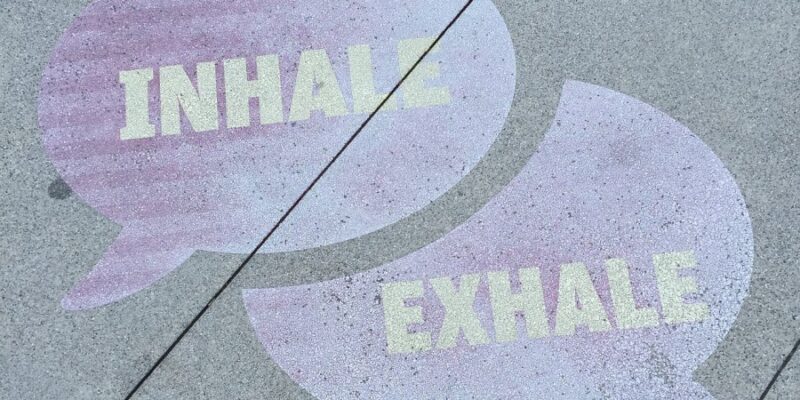
In a technical, medical-scientific sense, the process of breathing (or respiration) is about moving air into and out of the lungs to facilitate gas exchange with the internal body, typically to expel Carbon Dioxide (CO2) and to bring in Oxygen (O2).
The average respiratory rate for adults (that is, the number of breaths a person takes per minute) varies between twelve and twenty breaths.

O2 is essential to break down carbohydrates and fats into the energy we need to work physically, and to function psychologically and mentally.
After intake of O2 into the lungs, the blood vessels carry it to the body’s cells where nutrients and O2 are exchanged for the CO2 waste from the cellular process of metabolism in order to being discharged.
The primary breathing muscle to expand the lungs and take in air is the diaphragm, a dome-shaped layer of muscle fiber between the chest cavity and the abdominal cavity.
The diaphragm is attached to the inside of the lower ribs as well as to the lumbar spine, and is influenced by the health and mobility of the spine and pelvis. On their turn, the spine and pelvis and the associated muscles are influenced by our habitual posture, our emotions, and attitudes.
Tension in the abdominal area can have negative influences for the diaphragm by obstructing its downward motion on the inhale and consequently its efficiency in bringing air into our bodies. Other muscles involved in breathing include the ribs, back, and psoas muscles.

Additionally, tension in our shoulders and chest can also interfere with a normal, healthy breathing function.
If the breathing process is shallow, the body needs to work harder and uses more energy to get the needed O2. This is an unproductive process that exhausts body and mind, even if we think that our breathing is “normal.”
As a rule, the breathing process is natural and effortless, automatically and unconsciously and under control of the Autonomic Nervous System (ANS). Nevertheless, breathing can also be done consciously, through intentional breath control, which forms the rationale for deliberately performing breathing exercises and Breathwork.
Apart from gas exchange for the body’s metabolism and waste removal, breathing also has other important functions. It’s crucial for the mechanisms of speech, laughter, and expressions of the emotions. Breath and breathing is also used for certain reflexes like yawning, coughing, and sneezing.















